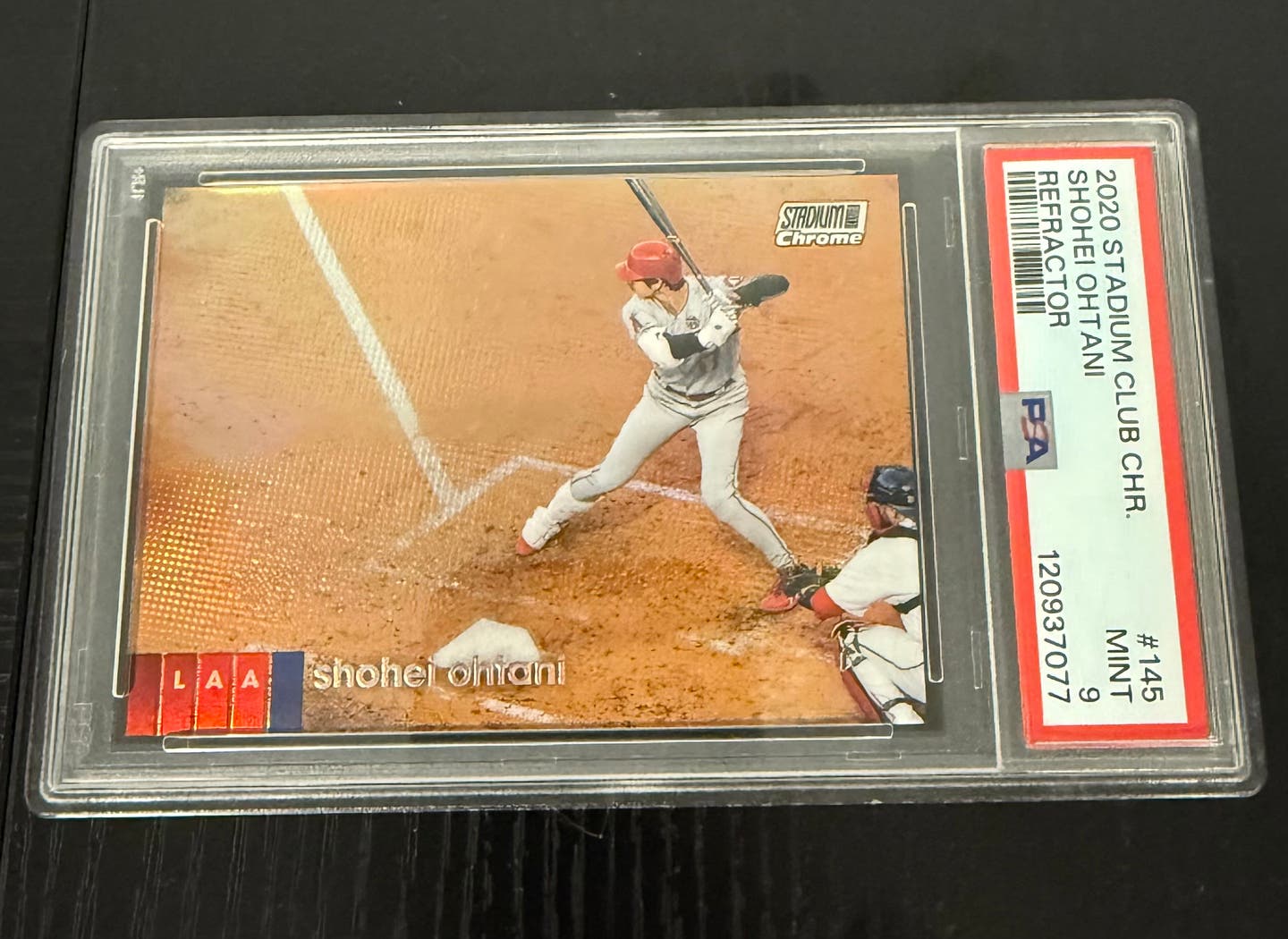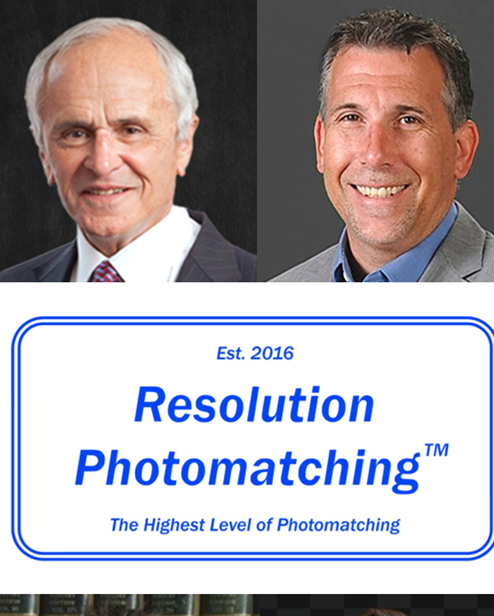Collecting 101
PSA/DNA Tagging Super Bowl XLIX Items
There will be more attention than ever on the footballs that will be used in the Super Bowl game on Feb. 1, 2015. Each of them will be "tagged" with a specially-prepared synthetic DNA ink that leaves an invisible-to-the-naked-eye security mark to protect against possible counterfeiting. The sideline pylons and even the coin used for the game-opening coin toss will be marked, too.
The NFL again will use PSA/DNA Authentication Services of Santa Ana, Calif., to certify all footballs used in the Super Bowl. A PSA/DNA representative will mark each ball with a synthetic DNA (deoxyribonucleic acid) strand that can be seen only when illuminated by a specific laser frequency.
"The special DNA ink we use has an astronomical 1-in-33 trillion chance of being accurately reproduced by counterfeiters. The mark is invisible to the naked eye but fluoresces green when illuminated by the proper laser frequency," said Joe Orlando, president of PSA/DNA.
"Many of the game-used Super Bowl footballs are sold by the NFL through charity auctions. The PSA/DNA certification combats potential counterfeiting and helps assure future owners that each ball is genuine, but no, we are not involved with verifying the air pressure of the footballs being used in the game," explained Orlando.
About 120 footballs are expected to be used in the game in the game between New England and Seattle at the University of Phoenix stadium in Glendale, Arizona.
"The value of any game-used Super Bowl collectible can vary significantly depending on the importance of the specific item. For example, was the particular football caught for a touchdown or used for a game-winning field goal?" said Orlando.








